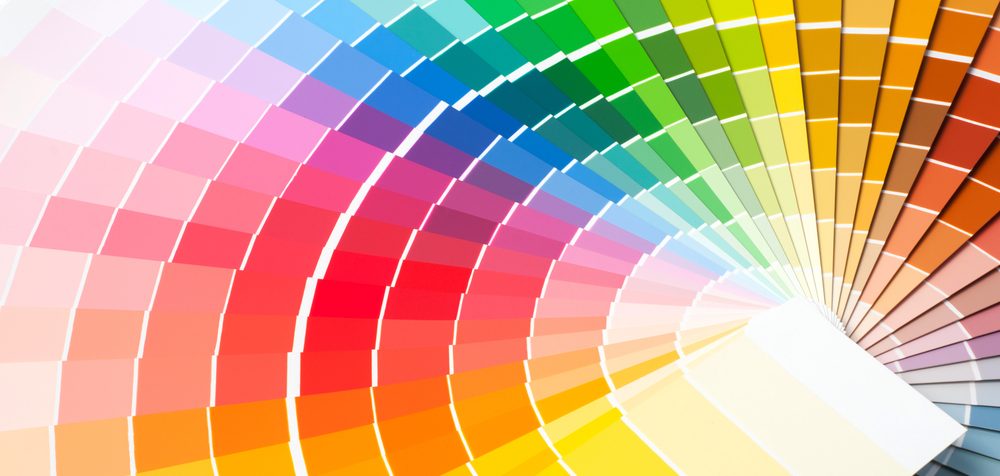
The NanoScience Technology Center at the University of Central Florida has created a new paint that does not use any pigments, providing significant advantages over commercial paints currently in use. This plasmonic paint uses nanoscale structural arrangements of aluminum and aluminum oxide to generate its colors.
Debashis Chanda, a professor at UCF and lead researcher, drew inspiration from butterflies to create the new paint.
“The range of colors and hues in the natural world are astonishing — from colorful flowers, birds and butterflies to underwater creatures like fish and cephalopods,” Chanda said. “Structural color serves as the primary color-generating mechanism in several extremely vivid species where geometrical arrangement of typically two colorless materials produces all colors. On the other hand, with man made pigment, new molecules are needed for every color present.”
The structural colors used in the plasmonic paint are environmentally friendly as they only use metals and oxides, unlike present pigment-based colors that use artificially synthesized molecules. The team combined the structural color flakes with a commercial binder to form long-lasting paints of all colors.
“Normal color fades because pigment loses its ability to absorb photons,” Chanda stated. “Here, we’re not limited by that phenomenon. Once we paint something with structural color, it should stay for centuries.”
The team also found that, as plasmonic paint reflects the entire infrared spectrum, less heat is absorbed by the paint, resulting in the underneath surface staying 25 to 30 degrees Fahrenheit cooler than it would if it were covered with standard commercial paint.
“Over 10% of total electricity in the U.S. goes toward air conditioner usage,” Chanda says. “The temperature difference plasmonic paint promises would lead to significant energy savings. Using less electricity for cooling would also cut down carbon dioxide emissions, lessening global warming.”
The plasmonic paint is also extremely lightweight. The research claims that full coloration can be achieved using only 150 nanometers of the paint, making it the lightest paint currently in existence. As an example, while approximately 450 kilos of commercial paint would be needed to paint a Boeing 747, only about 1.5 kilos of plasmonic paint would be required.
For information about licensing the plasmonic paint technology, please visit the Inorganic Paint Pigment for Vivid Plasmonic Color technology sheet.
